In the intricate tapestry of society, the media plays a pivotal role, serving as both a mirror reflecting cultural norms and a torchbearer advancing traditional values. Its functions extend beyond mere representation, influencing how individuals perceive the world, shaping their values, and contributing to social cohesion.
This article explores the dynamic interplay between media and culture. Delving into the multifaceted ways in which they interact and shape our collective understanding
The Mirror of Cultural Behavior
At its core, media acts as a mirror, capturing the diverse fabric of cultural behaviors and customs. Through news sources, films, and television programs, the intricate nuances of everyday life are vividly portrayed, highlighting the customs, festivals, and mundane actions that define a culture. This reflective function not only preserves cultural legacies but also fosters cross-cultural understanding and a shared sense of humanity.
In a world characterized by diversity, media becomes a bridge connecting disparate communities. By showcasing the uniqueness of various cultures, it promotes empathy and breaks down barriers of ignorance. In this way, the media becomes a tool for fostering a global community that appreciates and celebrates its rich tapestry of traditions.
Reinforcing Social Norms and Values
Beyond mere reflection, media plays a crucial role in reinforcing social norms and traditional values. Commercials, for instance, often draw on cultural norms to craft compelling narratives that resonate with viewers. Through the portrayal of individuals who embody conventional ideals, the media perpetuates the significance of cultural values, providing a sense of continuity in an ever-evolving environment.
This role as a cultural steward is essential for anchoring communities to their heritage. In a rapidly changing world where values may seem to shift at an unprecedented pace, media serves as a constant, offering a sense of stability and connection to shared roots. It becomes a vessel for transmitting values from one generation to the next, fostering a collective identity that spans time and space.
A Dynamic Forum for Discourse
Media is not merely a passive reflection; it is a dynamic forum for public discourse. News organizations, discussion programs, and social media platforms serve as spaces for the exploration of various viewpoints and concepts. These conversations, shaping public opinion and societal attitudes, are crucial to the functioning of democratic societies. Informed citizens, engaged in meaningful discussions ranging from politics to social justice, are the bedrock of a healthy democracy.
The media’s role as a catalyst for discourse extends beyond national boundaries. Creating a global conversation on issues that transcend cultural specifics
This global dialogue not only enhances our understanding of diverse perspectives but also contributes to the formation of a shared human experience. In this way, media becomes a unifying force, breaking down geographical barriers and fostering a sense of interconnectedness.
A Platform for Celebration
In addition to reflection and discourse, the media serves as a powerful platform for celebration. Cultural occasions, rituals, and artistic presentations are amplified through various media channels, reaching a wide audience and contributing to a sense of shared identity. This celebratory aspect of media not only preserves cultural manifestations but also strengthens ties between different cultures.
By showcasing celebrations, the media contributes to the preservation of cultural heritage. Ensuring that traditions are passed down and appreciated by new generations. This festive element fosters a sense of collective happiness and admiration, transcending geographical and cultural boundaries. In a world where divisions often take center stage, media becomes a source of unity through the celebration of diversity.
Navigating Potential Pitfalls
However, this intricate relationship between media and culture is not without its challenges. The potential for misrepresentation and the perpetuation of stereotypes loom large, as media can sometimes foster prejudices and contribute to misconceptions. The commercialization of cultural practices for mass consumption raises ethical questions. It may commodify customs and dilute their true meanings.
To maintain a positive relationship between media and culture, it is imperative for the media to accurately reflect diversity and tell ethical stories. This involves a commitment to responsible journalism, avoiding sensationalism, and promoting narratives that contribute to understanding rather than reinforcing stereotypes. Striking this balance is essential to ensuring that the media continues to be a force for celebration, reflection, and discourse without inadvertently contributing to division and misunderstanding.
Conclusion
In conclusion, the symbiotic relationship between media and culture is a complex dance that shapes our perceptions, values, and sense of community. By acting as a mirror, the media promotes intercultural understanding by reflecting the diverse range of cultural practices. It serves as a reinforcer by passing along old beliefs, giving people a sense of continuity in a world that is changing quickly. It is a lively platform that encourages important conversation, making societies more knowledgeable and involved. And as a platform for celebration, it amplifies cultural occasions, fostering a sense of shared identity.
While challenges exist, navigating the potential pitfalls requires a commitment to ethical storytelling and accurate representation. As we navigate the evolving landscape of media and culture, the potential for positive impact remains immense.
In the hands of responsible storytellers and conscientious consumers, media can continue to be a powerful force for unity, understanding, and celebration in our diverse global society.

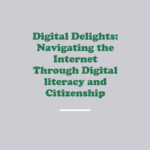
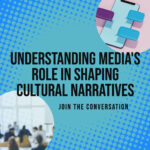



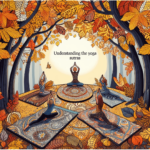

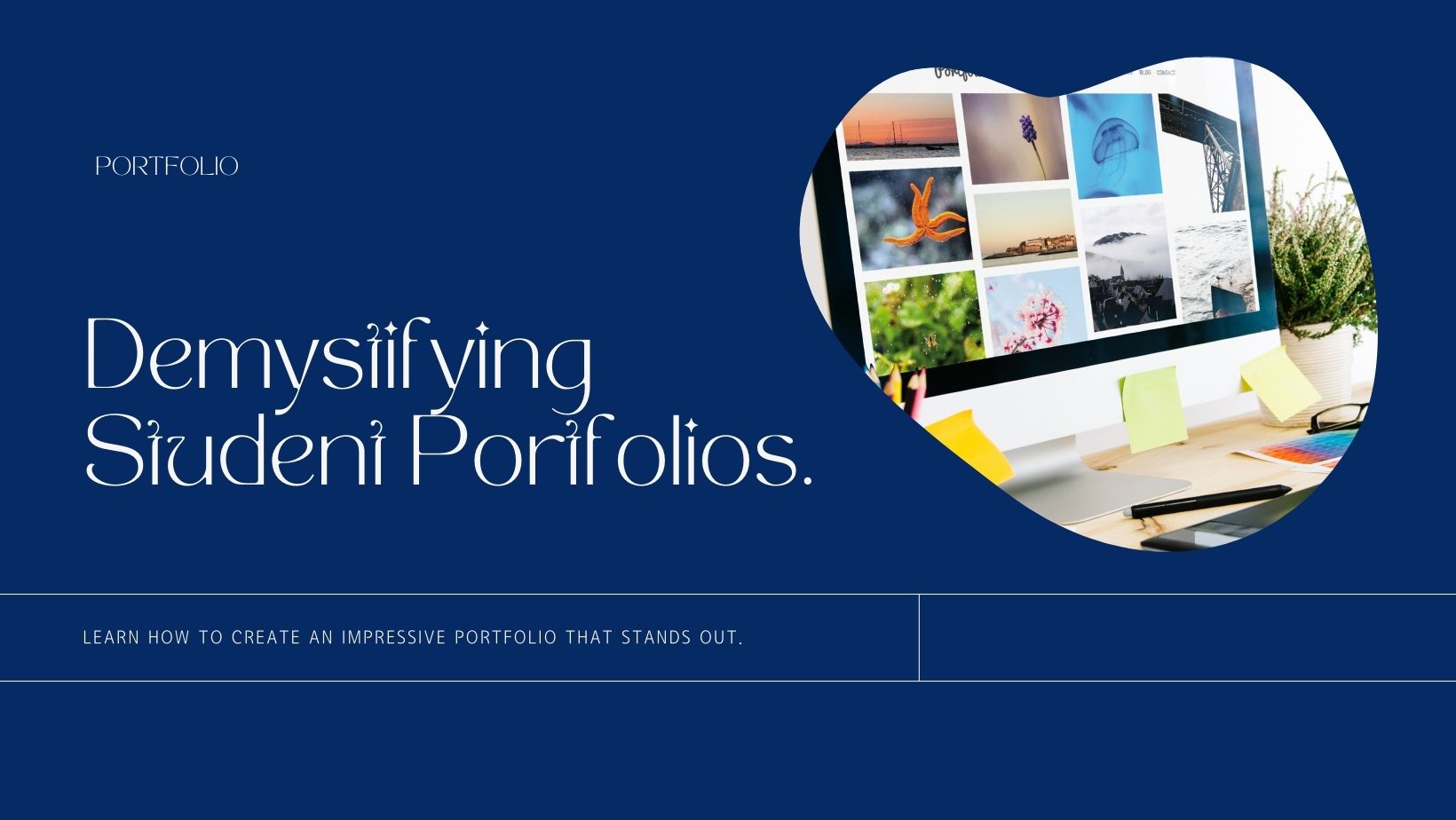

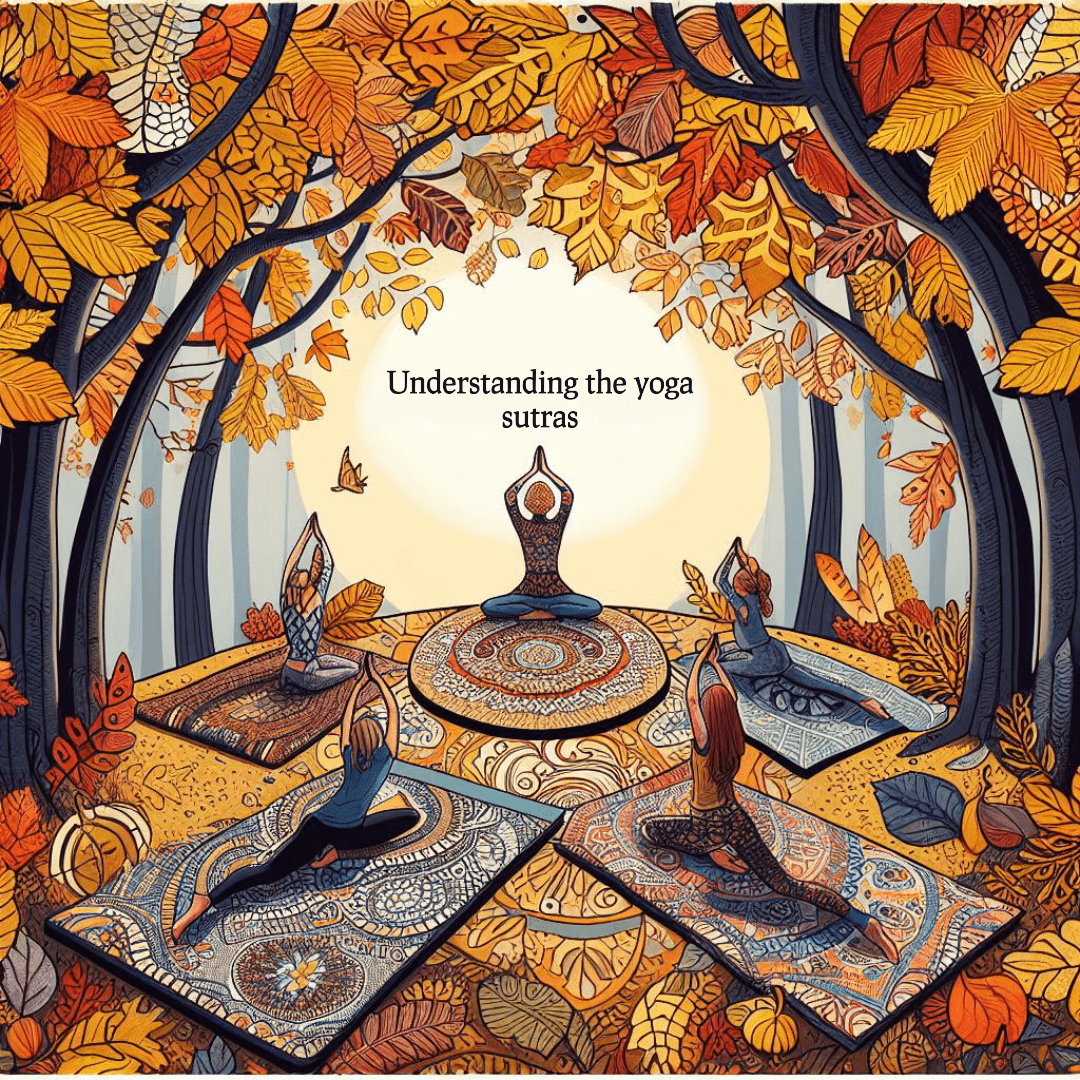
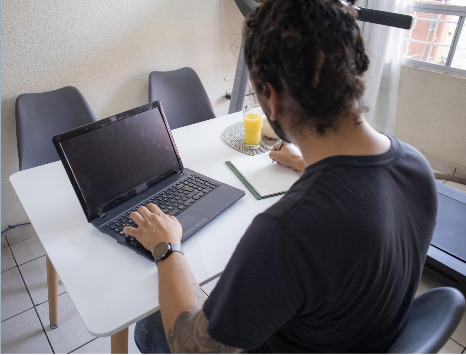
One thought on “From Mirror to Catalyst: Understanding Media’s Role in Shaping Cultural Narratives”
Comments are closed.